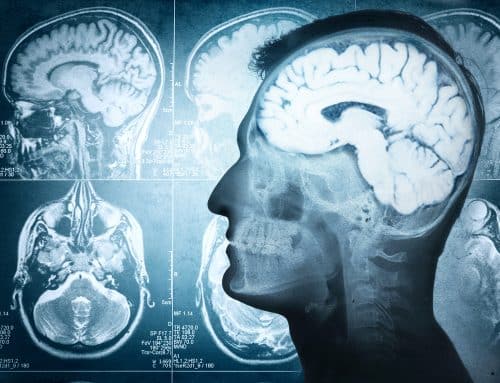A new method can distinguish between people based on a brain scan / Simon Meakin

The article is published with the approval of Scientific American Israel and the Ort Israel network
We all think we are special, and personal identification methods that test fingerprints or DNA strands confirm this thinking. A new study shows that even in the brain activity of each person there is a distinct pattern that can be used to identify people with almost perfect accuracy.
Researchers led by Emily Finn of Yale University used functional magnetic resonance imaging (fcMRI) to examine the brain activity of 126 healthy young adults. Based on the estimated strength of the connections between every two nodes in the network representing 268 areas of the brain, a unique "connectivity profile" was built for each subject, similar to a personal fingerprint. These profiles identified participants with 94% accuracy.
The researchers then examined groups of nodes corresponding to the networks responsible for visual, motor and other functions to check if there are networks that contribute to individual uniqueness more than others. The best results were found in the fronto-parietal network, which is involved in focusing our attention, and which allowed the researchers to identify people with 99% accuracy. This is a new network in the evolution of the brain and it is considered to be sensitive to experiences, compared to the sensory and movement networks which are considered innate and more permanent. "We can all see that a rock is deteriorating and move out of the way," says neuroscientist Michael S. Gazzaniga of the University of California, Santa Barbara, "but only a few of us are good at understanding why it is deteriorating."
The authors of the study do not support the use of these methods to identify people. "There is no need to put people through a scanner to find out who they are," Finn says. But the findings published in the fall of 2015 in the journal Nature Neuroscience nonetheless point to new ways in which fcMRI scans may be clinically useful. "They can be used like fingerprints in mental health," says Cameron Craddock of the Nathan S. Klein Institute for Psychiatric Research. Finn notes that her team has already begun working on data from teenagers at high risk for schizophrenia to see if the scans can be used to predict who will develop the disease.

One response
I wonder if this "finger claim" can change in adults. And the most interesting thing is if it changes due to mental changes.